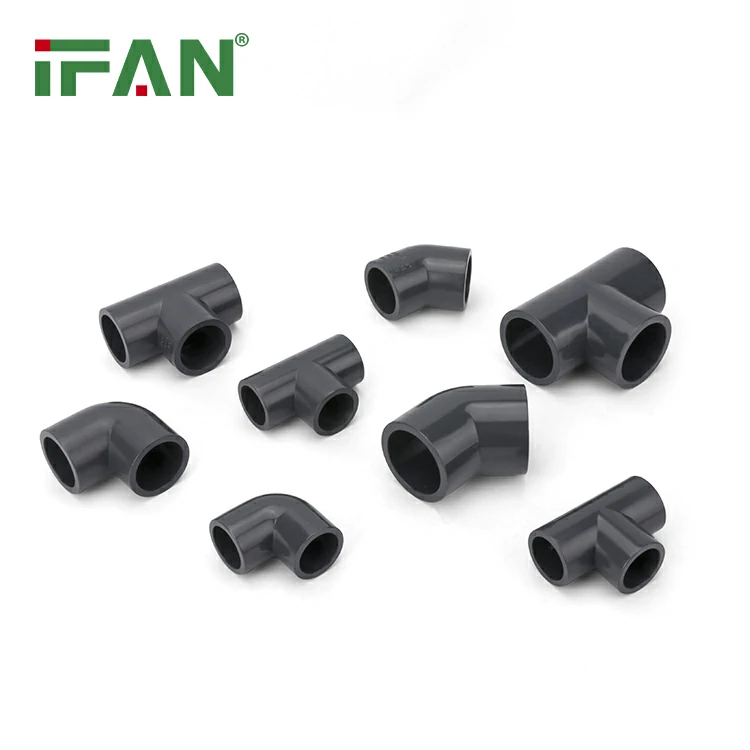Introduction to UPVC Plumbing Fittings
UPVC (unplasticized polyvinyl chloride) plumbing fittings are widely used due to their durability, affordability, and resistance to corrosion. However, like any material, they may need replacement over time. Deciding whether to replace UPVC pipe fittings depends on several factors, which this article explores in detail.
Signs of Wear and Damage
Visible cracks, leaks, or discoloration indicate that UPVC pipe fittings may need replacement. For example, fittings exposed to sunlight may become brittle and crack. Regular inspections help identify these issues early. Addressing them promptly prevents further damage to the plumbing system.
Age of the Fittings
The age of UPVC pipe fittings is a key factor in replacement decisions. While they can last 50 to 100 years, older fittings may degrade even if no visible damage is present. For instance, fittings installed decades ago may have weakened over time. Assessing their age helps determine replacement needs.
Performance Issues
Reduced water flow, pressure drops, or unusual noises suggest problems with UPVC pipe fittings. For example, a blockage or crack in a fitting can disrupt water movement. Investigating and replacing faulty fittings restores system efficiency. Monitoring performance ensures timely action.
Environmental Exposure
Exposure to harsh conditions like UV rays, extreme temperatures, or chemicals can degrade UPVC pipe fittings. For instance, outdoor fittings may deteriorate faster due to sunlight. Protective measures or replacements mitigate these effects. Evaluating environmental exposure helps make informed decisions.

Installation Quality
Poor installation can lead to premature failure of UPVC pipe fittings. Misalignment, improper sealing, or incorrect sizing may cause leaks or cracks. For example, fittings not secured properly may loosen over time. Ensuring professional installation minimizes replacement needs.
Maintenance and Care
Regular maintenance extends the lifespan of UPVC pipe fittings. Cleaning, inspecting, and protecting them from damage ensures long-term functionality. For instance, replacing worn-out seals prevents leaks. Proactive care reduces the frequency of replacements.
Cost and Practicality
Replacing UPVC pipe fittings involves cost and effort. However, delaying replacement may lead to more expensive repairs later. For example, a leaking fitting can cause water damage. Weighing the costs and benefits helps make practical decisions.
Conclusion
Replacing UPVC plumbing fittings depends on visible damage, age, performance issues, environmental exposure, installation quality, and maintenance. Regular inspections and proper care ensure their longevity. Timely replacements prevent costly repairs and maintain system efficiency. UPVC fittings remain a reliable choice when managed effectively.

